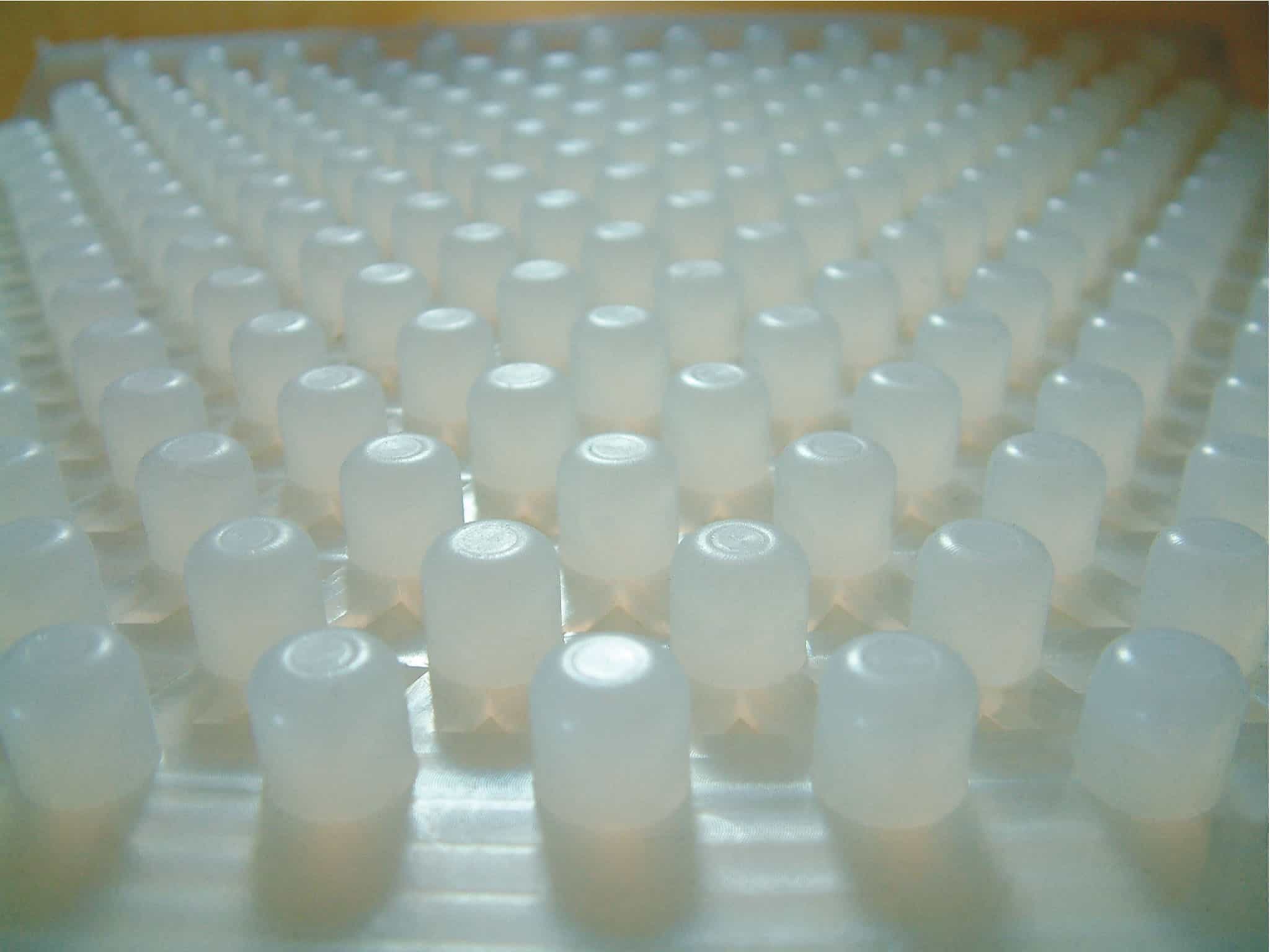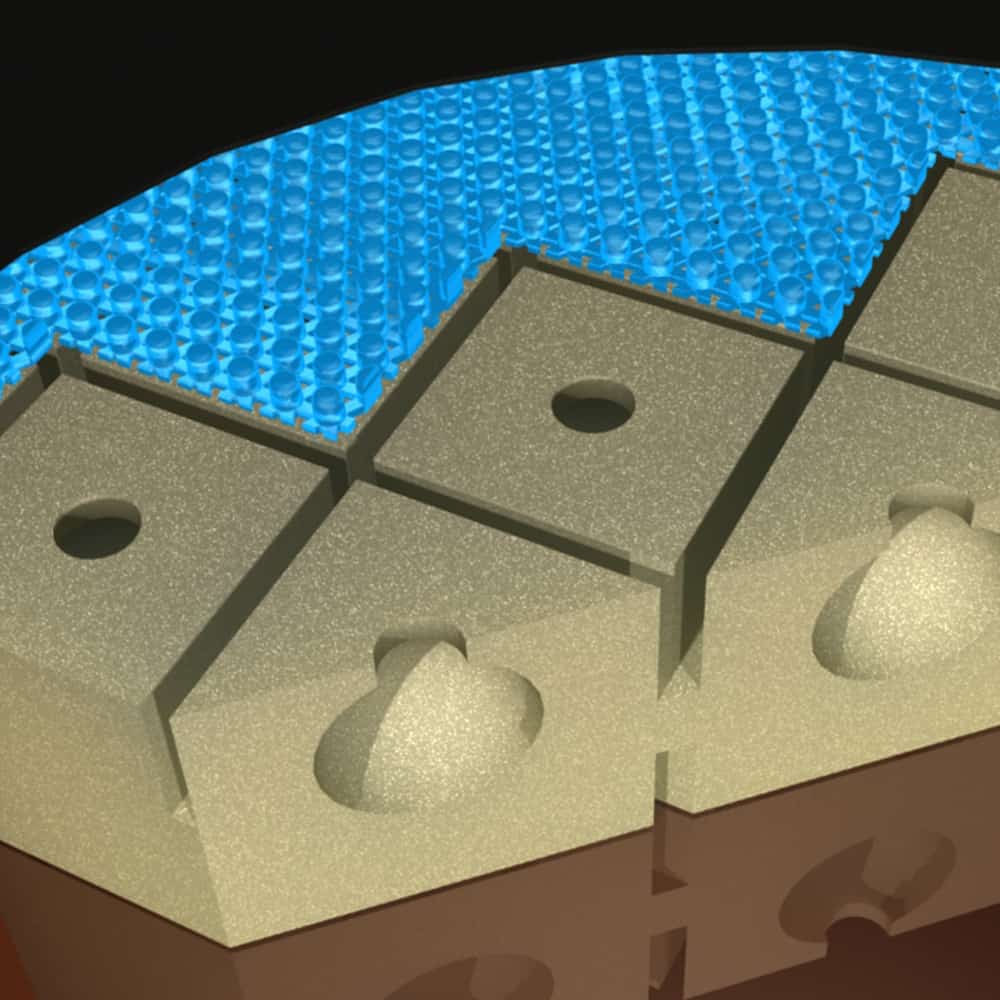Kinops


Challenge:
Invention of a new patentable technology that can create a pressure reduction mattress at an affordable price.
Researcher expertise:
Coordination of a hybrid approach to experimental/numerical modelling in design. Physiological impact of the technology on the skin.
Benefits:
New technology awaiting patent, created within 12 months
Design of unique manufacturing equipment
Validation of product at the experimental level with a newly designed precision sensor, sensor pads and numerical simulations
Design methodology:
Since the project was planned for a short turnaround despite its complexity, a hybrid design approach was chosen. First, a clinical background review and a patent search were undertaken to determine the state of the art and identify potential solutions. This work allowed us to develop more detailed specifications.
Next, a series of prototypes were created and tested experimentally to gain a better understanding of the mechanical functions of the support surface (i.e., the mattress). This allowed us to develop a generic finite element model of the human body’s contact with the surface. The primary benefit of this approach is that with finite elements, it is possible to virtually estimate physical variables that are inaccessible experimentally. For example, it was demonstrated that friction and shearing are important variables, and their origins were identified. The chosen solution would have to minimize these, and the model quickly led us to promising avenues.
Finally, to prove the mattress’s performance to the clinical community, a new pressure-measuring instrument was developed to improve the resolution of the sensor pads currently available. Comparative tests with the pads demonstrated the source of the improved performance of the mattress in terms of pressure reduction.
The research team then iterated several experimental and numerical prototypes before arriving at a physically, physiologically, clinically and commercially viable solution. Of course, collaboration with our industrial partner played a critical role in accelerating the design process and transferring the knowledge required for commercialization.

Sharing our expertise:
Mattress science is still in its infancy and at the level of applied basic research. Consequently, working with a trained R&D environment was essential to the development of a new technology. Collaboration with the partner transferred decades of mattress knowledge to the R&D group, saving them from having to start from zero. Thanks to this close collaboration, the project was successfully completed very quickly.
Results:
The mattress has been on the market for several years and is approved for the hospital setting.
The hybrid experimental-numerical approach was crucial to speeding up the design process, gaining a better understanding of the functions of the support surface and developing the validation protocol for the optimal solution.
The models created through the project are still being used today to adapt the technology to different types of support surfaces, such as residential mattresses, stretchers and other applications.
